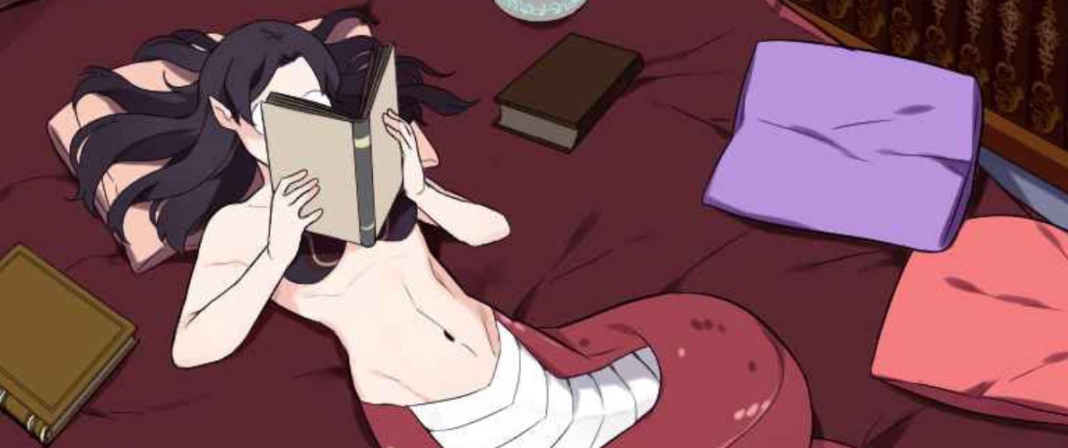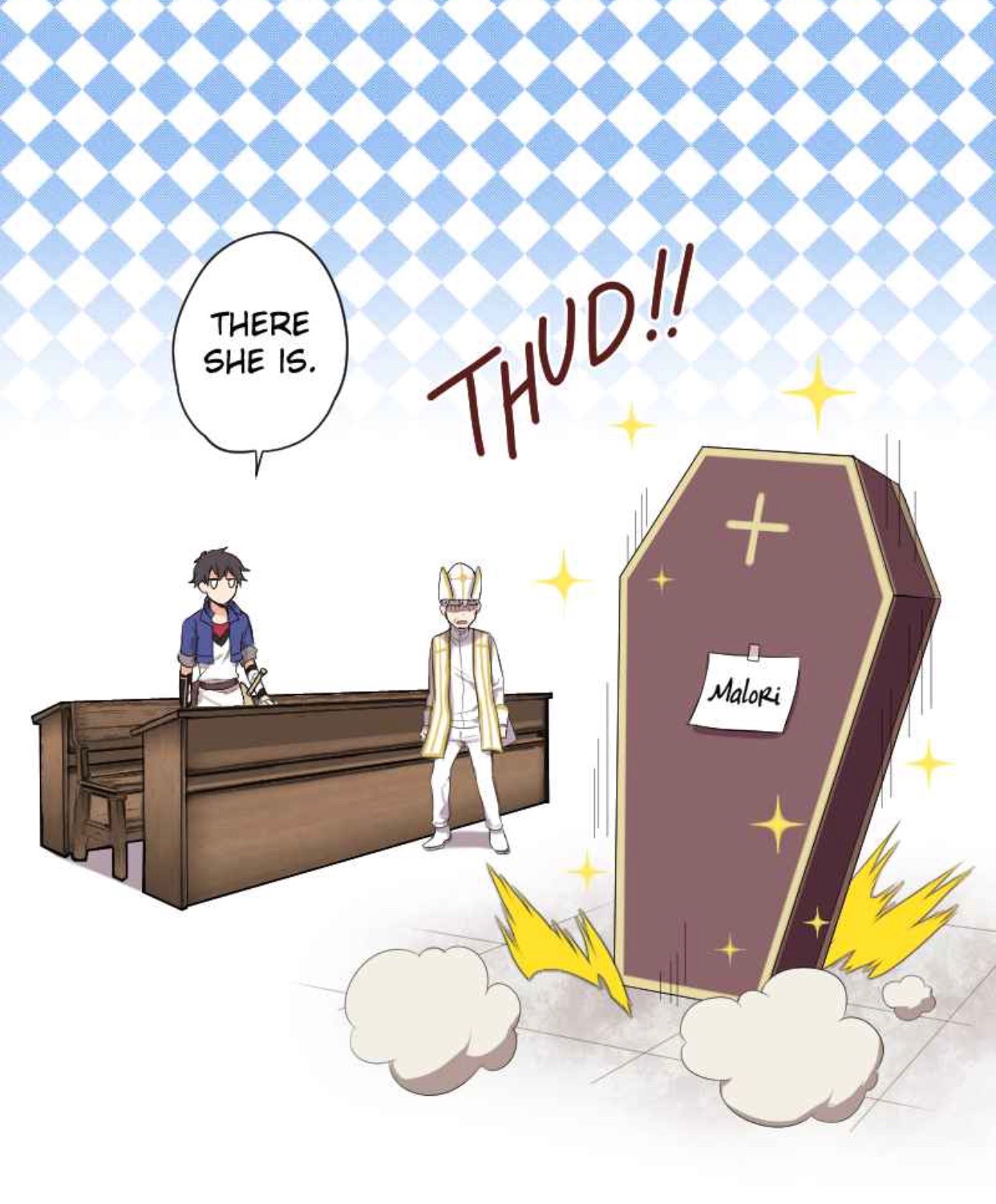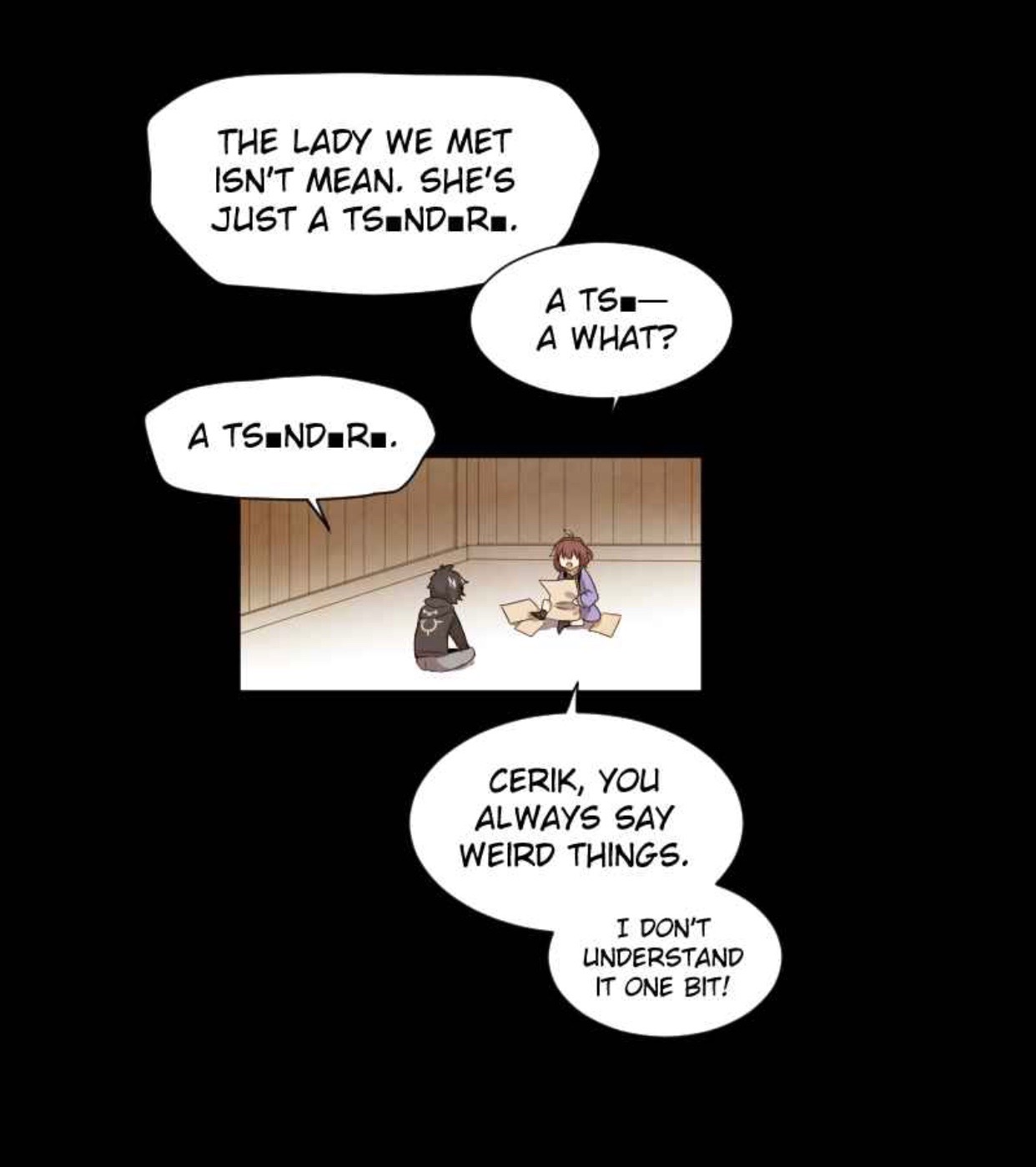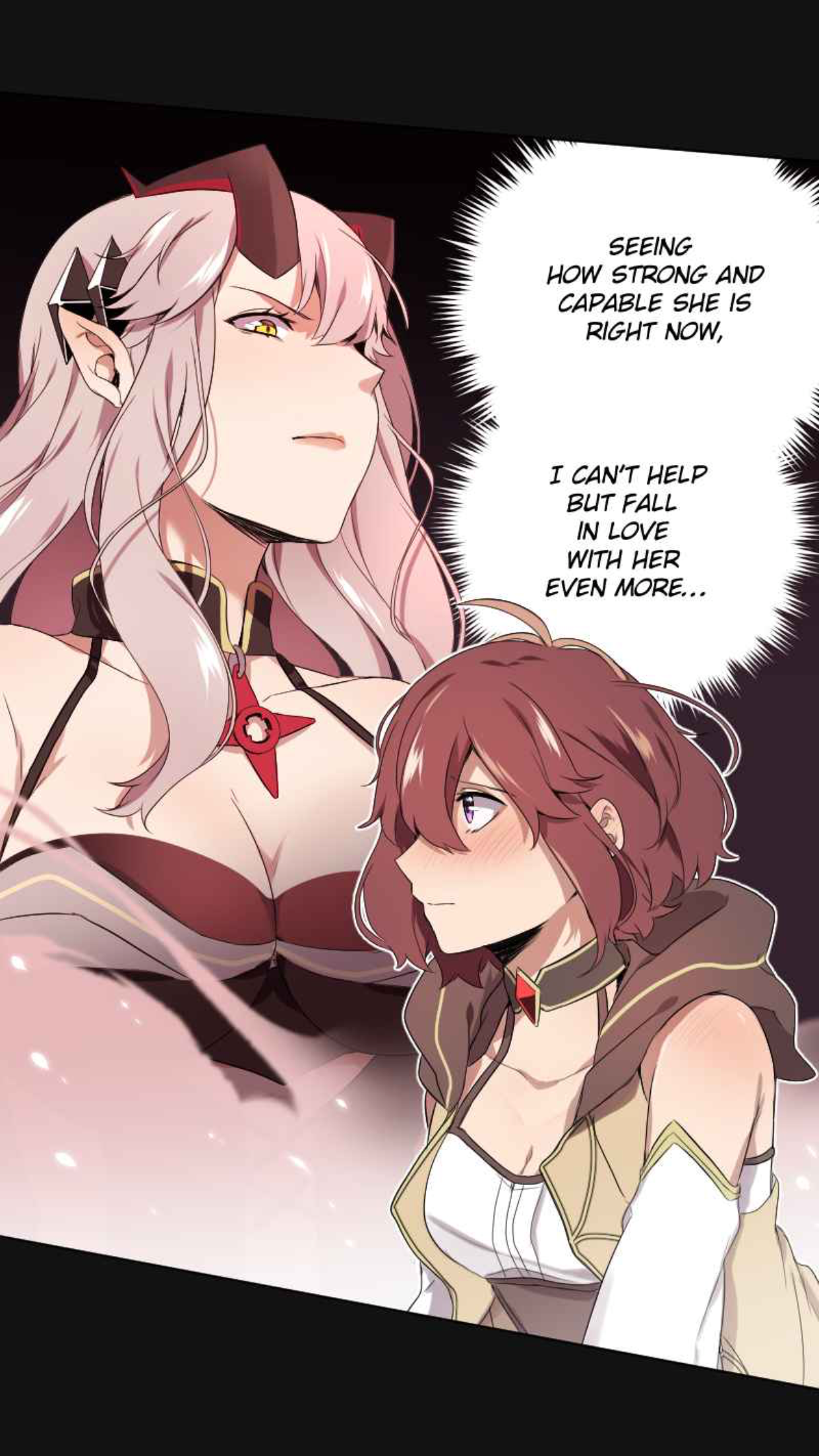
Created by: Color_LES
Platform: WEBTOON
At the Folstina Branch of the Adventurer’s Academy, the top students in the class are Malori Crowett and Cerik Aldebrandt. In spite of Cerik’s protestations, Mal the mage has something of a fixation: she can’t stop battling to the top of Demon Tower to challenge the Demon Queen Velverosa. But while most of the adventurers who make it to the top of the tower at the end of the world are hoping to vanquish Queen Vel in battle, Mal makes it clear that she’s only after one thing: a romance with the Demon Queen!
Mage & Demon Queen by Color_LES combines multiple genre frameworks to create a queer comic that feels familiar but fresh. Who says you can’t eat your cake and have it too?
Who wants to play video games?
Any fan of the character Camilla from the Fire Emblem series will immediately recognize the influence of video games on Mage & Demon Queen, as Queen Vel bears a striking resemblance. However, the world bears many striking mechanical similarities to the conventions of RPGs in general.
A classmate at the Adventurer’s Academy laments that she won’t be able to wield a knife that was given to her until she reaches the required level, for example, and a siege on the Demon Tower is complicated when an adventuring party lacks a healer. At one point, Mal even gives Cerik an impromptu tutorial on how to organize his Inventory screen properly so as not to lose his most prized possession when he revives.
Resurrection is an essential aspect of the comic’s similarity to video games. Not only do the rules and limitations associated with the revival process serve an important role in creating tension, but the mechanism allows Mal to be killed by Queen Vel in battle – repeatedly – and still return to win her heart another day (a process she repeats more than a dozen times).
Character Convention
Mage & Demon Queen also plays on expected character archetypes. In accordance with the expected tsundere character arc, Queen Vel appears cold and adversarial at the outset, but gradually shows cracks in her defenses against Mal as the first season progresses. What makes the presence of this character archetype remarkable is that Cerik is aware of the existence of the role, and even goes so far as to point it out (or attempt to, anyway, as several letters seem to remain untranslatable).
Lilies in the Demon Tower Vol. 1
Character roles are not the only place that the comic strays into metafiction. Melathia, the Lamai who is Queen Vel’s top general, has been using Mal’s attempts to win the Demon Queen’s affection as fodder for a series of fanfics.
Melathia’s enthusiasm for the coupling of Mal and the Demon Queen provides a voice for the reader’s perspective in the story as she cheers on each step the pair makes toward romance. On top of that, several chapters offer glimpses into a few of the AU stories Melathia has written.
In instances where queer relationships are absent from the text (or consigned to the subtext), fanfic can serve as a balm by providing a means of exploring the possibility of alternative circumstances. It’s no matter how outlandish or far removed from the original text those circumstances might prove to be, an AU can embody any possibility.
In Mage & Demon Queen, however, the queer relationship is anything but subtext. It is clear from the first chapter that Mal is hopelessly infatuated with Queen Vel (and any half-savvy reader can see through Queen Vel’s literally fiery rebuke).
Rather than offering necessary catharsis from a straight washed narrative, Melathia’s in-narrative fanfic provides the opportunity for the text to explore the possibility of alternative circumstances within itself. Better still, while the reader gets a smattering of the fanfic written by Melathia, it is made clear that she has written many additional volumes, suggesting that a plethora of AUs exist amid the canonical non-canon.
Fan Service
While the built-in fanfic device allows plenty of opportunities for the text to offer semi-canonical fan service, Mage & Demon Queen also declines to shy away from non-canon fan service. Multiple episodes end with depictions of Mal and Queen Vel embracing each other (often to celebrate a certain number of subscribers) and always labeled as non-canon.
On top of these landmark images, there are occasional non-canon “holiday episodes,” like the Halloween special, which offers yet another opportunity to engage in fan service by offering a scenario where the leads wear costumes and embrace one another without diffusing the rising romantic tension between the couple in the narrative.
The insistence that a depicted kiss is not canon is not a method of dampening queer representation. The fact that a kiss between the two leads is not canon is simply a method of reassuring the reader that the tension driving queer romance at the heart of the primary narrative is not yet resolved.
Ship It!
Mage & Demon Queen has found multiple avenues to internally validate its central romance: through the progression of the romance at the center of the main narrative, through the fanfic written by Melathia, and though the non-canon fan service extras that appear scattered throughout the series.
Self-awareness about its foundations give Mage & Demon Queen the chance to deliver on the validation of its central queer romance – and that’s something worth coming back for at least a dozen times.













